When Larry Carlton graciously invited Premier Guitar to visit his Nashville studio, we jumped at the chance. He played guitar, told stories, and pretty much proved he’s the coolest person any of us will ever meet.
Guitars
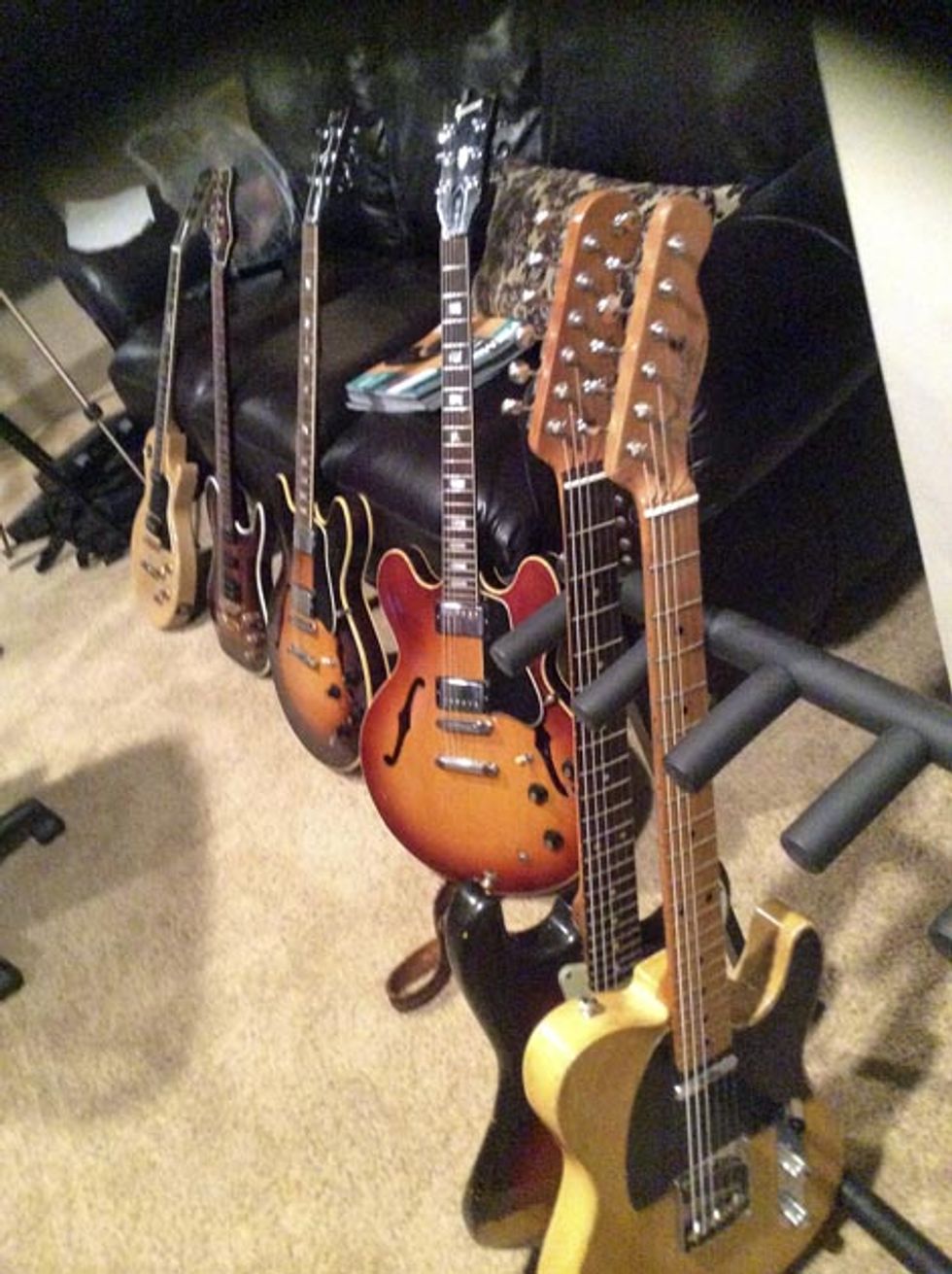
“I’m not a collector,” Carlton explains, “I just have a few guitars I like to play.” For someone who has tracked as many sessions as Carlton, three Gibsons, two Fenders, and two Valley Arts 6-strings might seem like a modest number, but each one is very special.
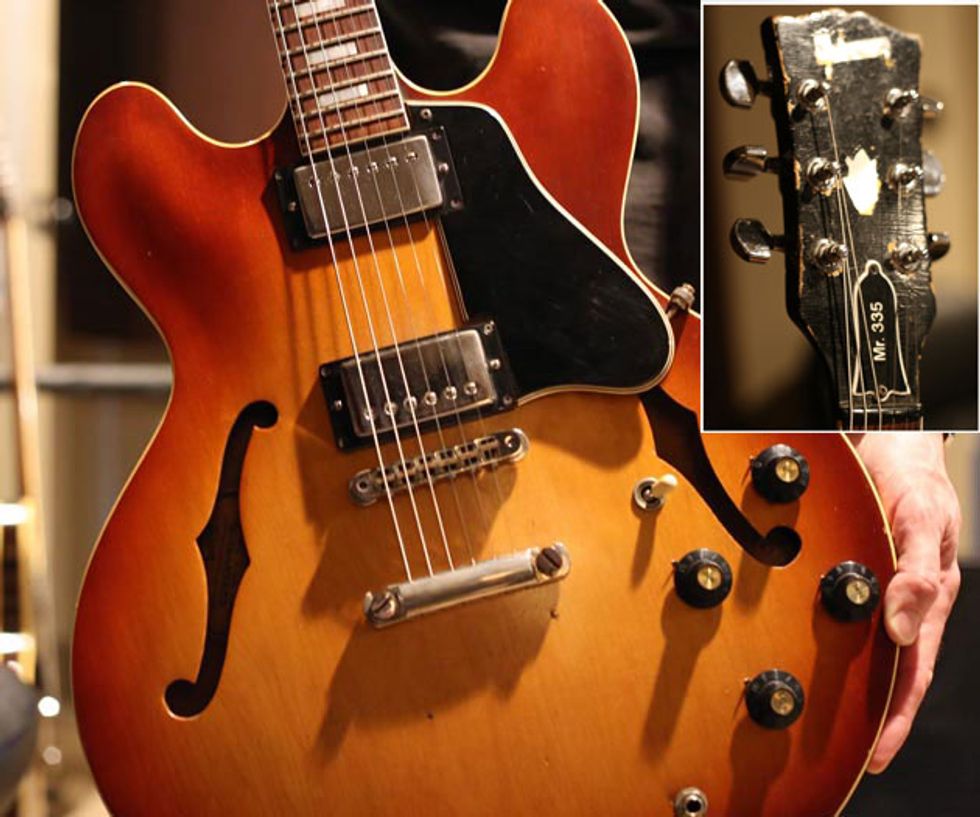
The belle of the ball is Carlton’s #1, a 1969 Gibson ES-335 he purchased new in ’69. This is the guitar that earned him the “Mr. 335” moniker. It has seen a few changes over time, including Schaller tuners, a graphite nut, a KTS titanium bridge, and several re-fret jobs.
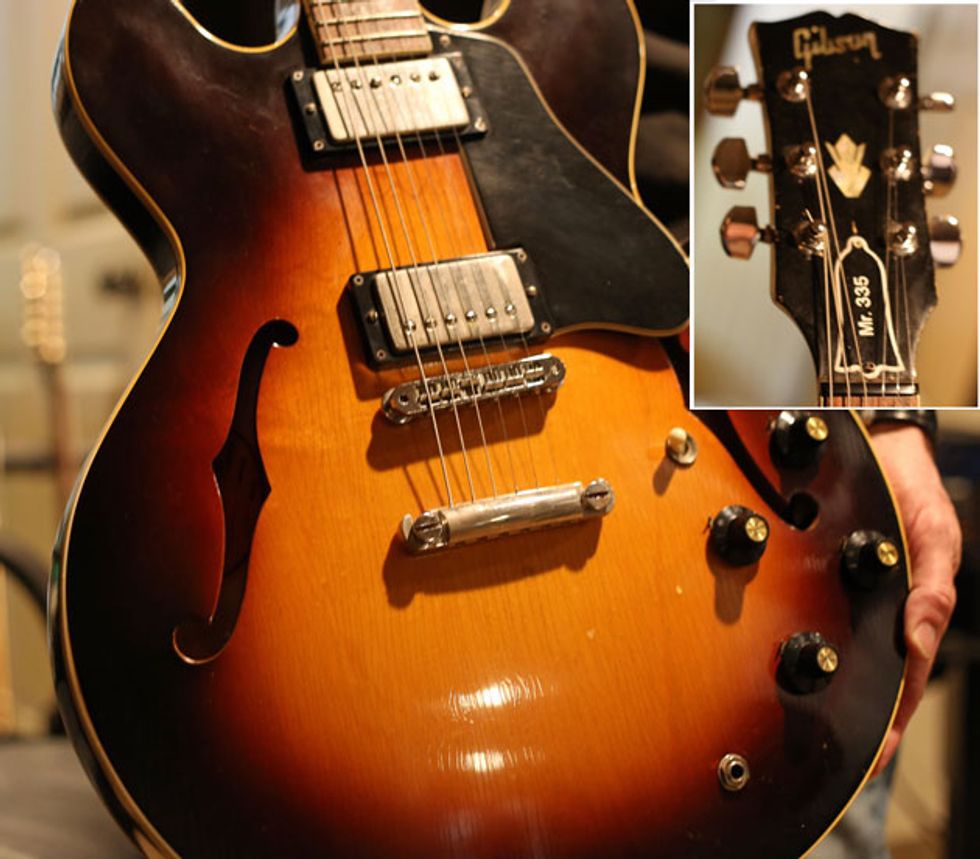
A fan gave Carlton his second ES-335, which is a 1968 model. Its pickups were swapped out for a matched pair of 1961 Gibson PAFs.
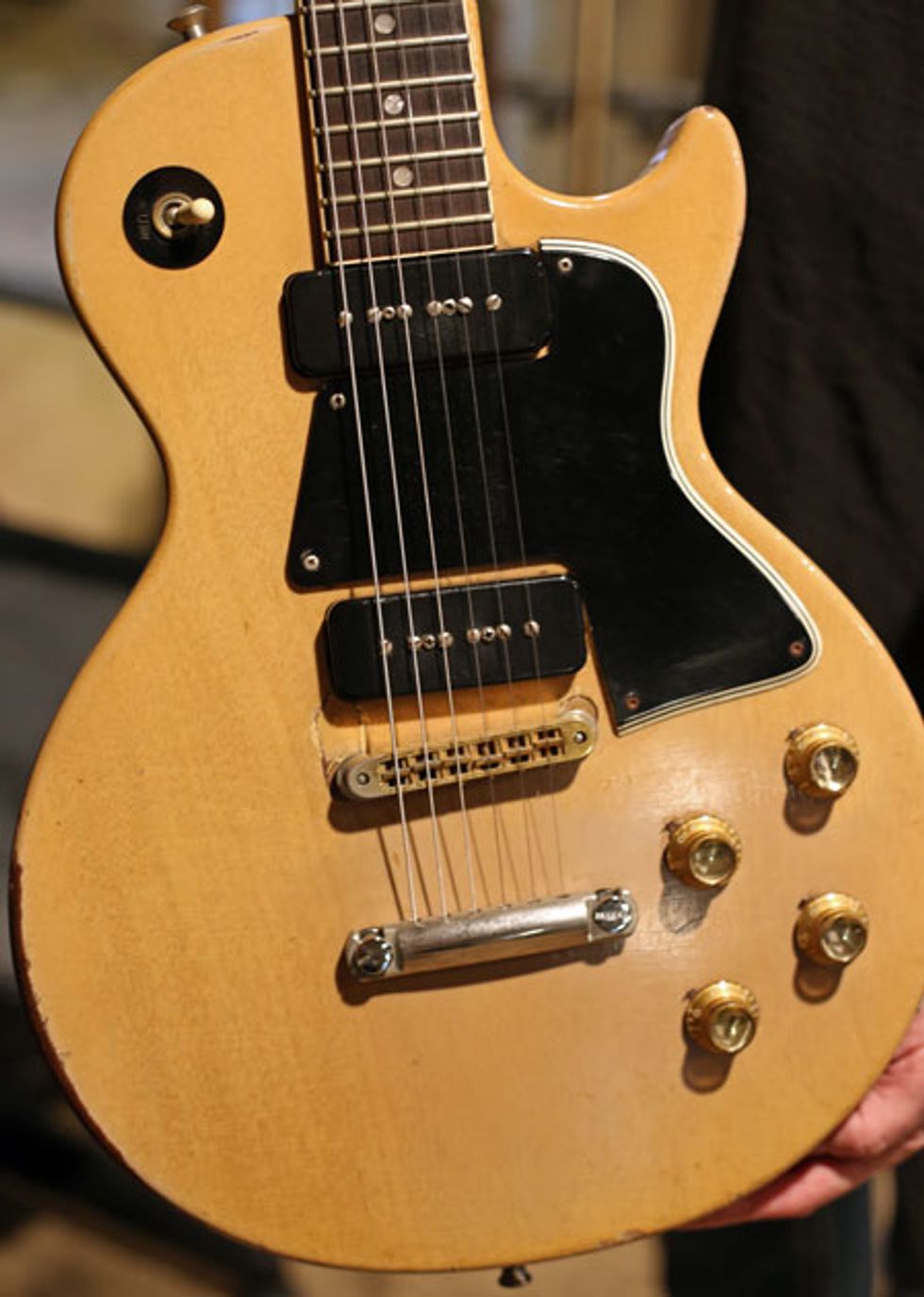
Next in the Gibson family is a stock 1955 Les Paul Special in TV yellow.
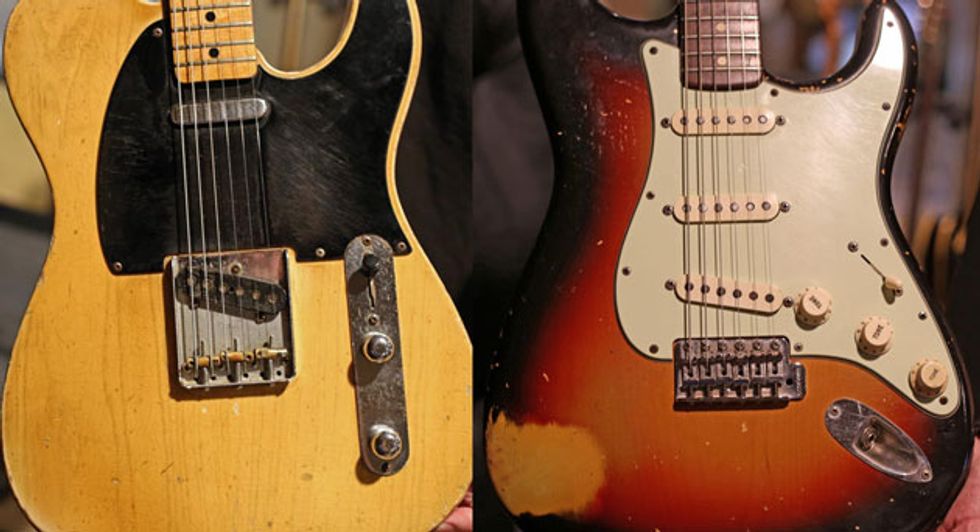
Carlton covers the Fender sound with his 1954 Fender Telecaster and his 1962 Fender Stratocaster. Both are completely stock and utterly beautiful.
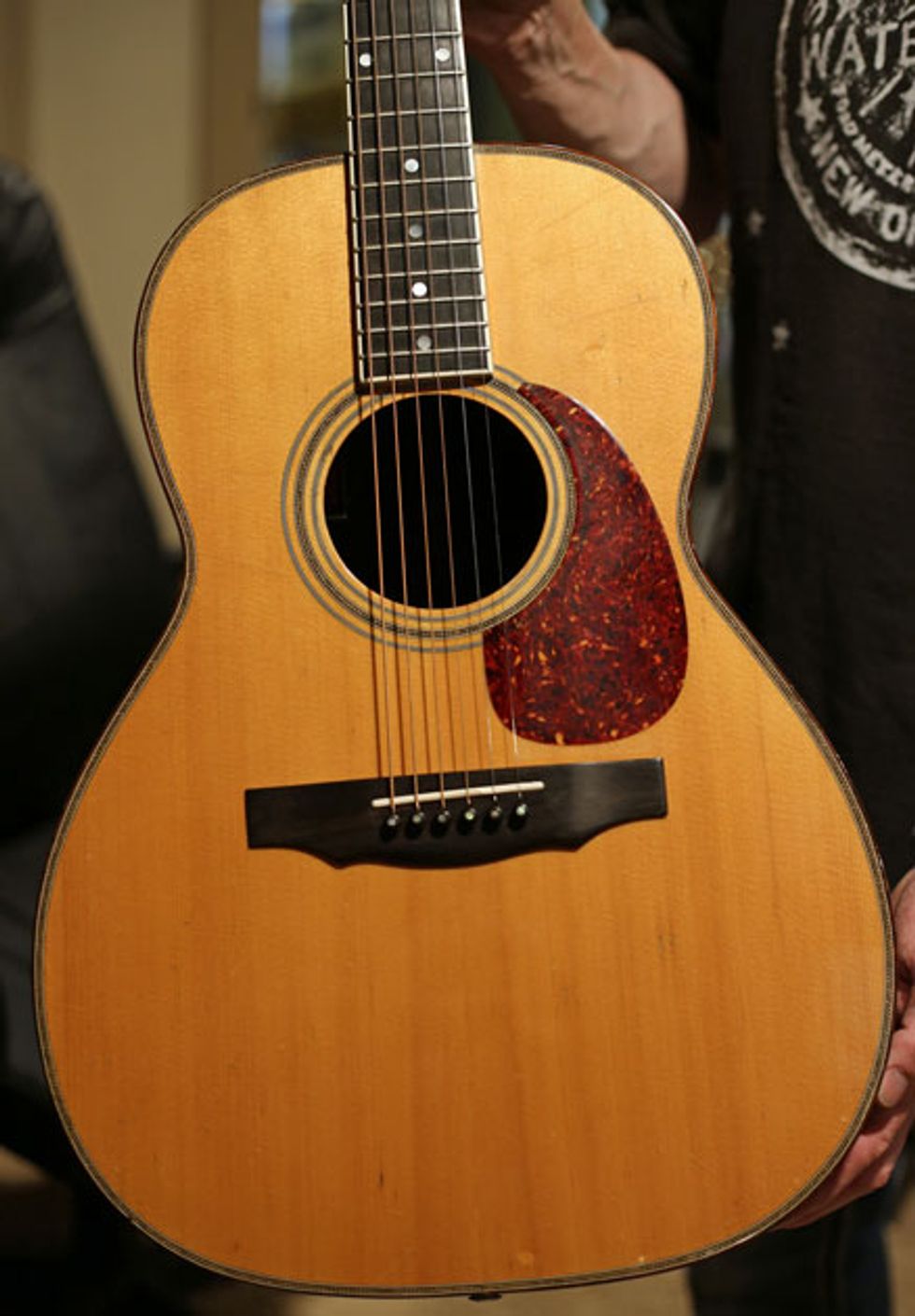
The only modern-ish guitars are a custom Valley Arts T-style and a Valley Arts small body acoustic. The latter resembles a Martin 000, but features a different soundboard bracing pattern.
Amps
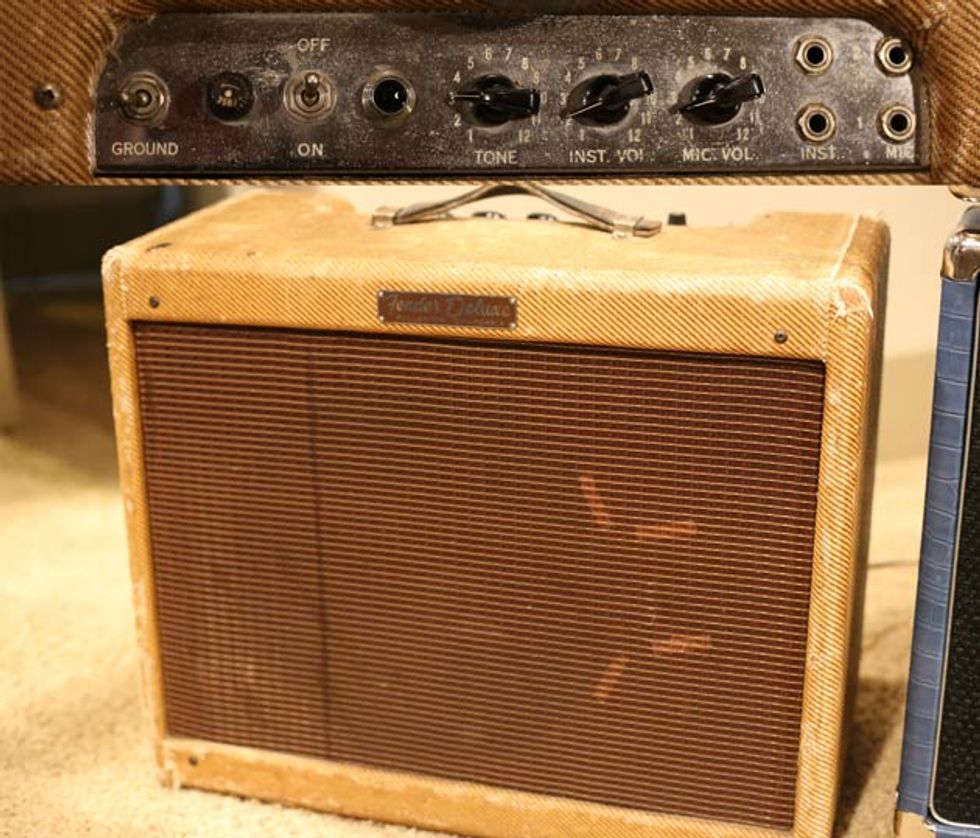
For all those epic Steely Dan sessions, Carlton simply plugged his ’69 ES-335 straight into his ’50s-era tweed Fender Deluxe. This amp still sounds amazing, though these days he doesn’t use it very often.
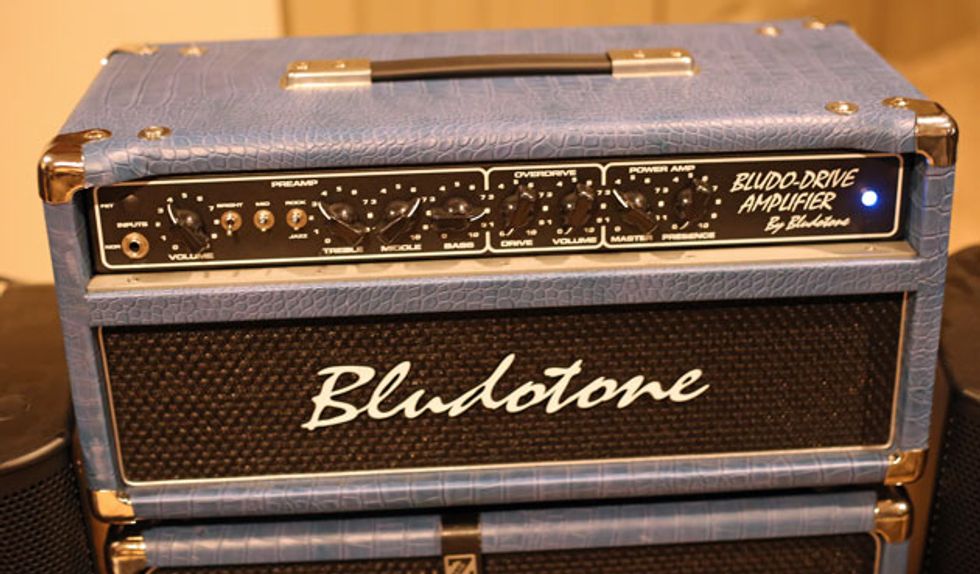
Brandon Montgomery of Bludotone makes Carlton’s current workhorse amps. Onstage, Carlton uses a Bludo-Drive 100/50 plugged into a 1x12 Bludotone closed-back cab that sports an Electro-Voice EVM12L speaker and has two cylindrical baffles for harmonic tuning.He keeps identical amps in Europe and Japan for touring. In the studio, Carlton uses the lower-watt Bludo-Drive 50/25.
Effects
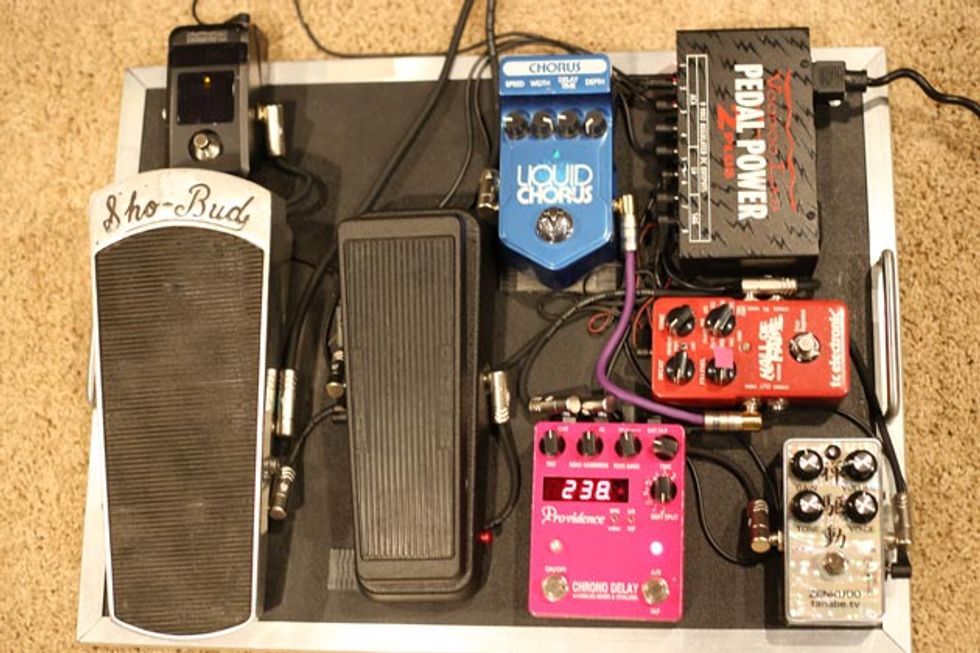
Carlton has two main pedalboards, both built by his long-time friend and guitar tech, Rick Wheeler. (You might remember Wheeler from PG’s Robben Ford Rig Rundown.) Carlton’s fly-date ’board starts with a Korg Pitchblack tuner. His signal then travels to a modified Sho-Bud volume pedal followed by a Dunlop 95Q Cry Baby wah.Next the signal goes to a Tanabe Zenkudo Overdrive, a Visual Sound Liquid Chorus, a TC Electronics Hall of Fame Reverb, and finally ends with a Providence Chrono Delay.
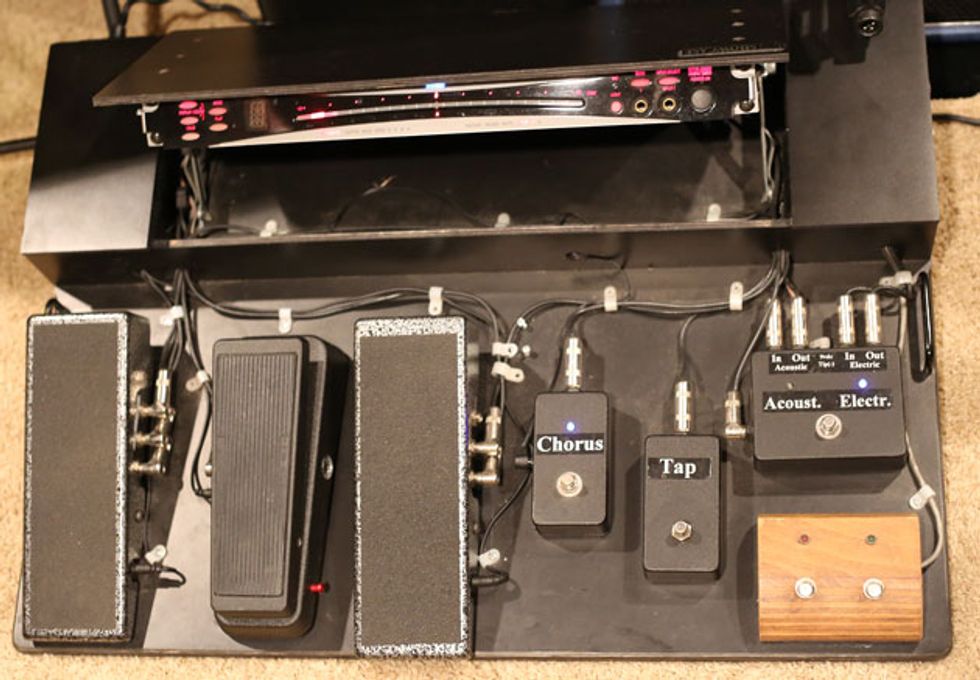
Carlton’s larger pedalboard works in conjunction with three rack units (below)—a Roland SDE-1000 digital delay, a TC Electronic TC 1210, and a Lexicon MX400 that Carlton uses for reverb. The board starts with two Hilton volume pedals—one for electric and one for acoustic—each of which has an output to send a signal to the Korg DTR-2000 tuner (top). The lead from the electric volume pedal then runs into a Dunlop 95Q Cry Baby wah and to Carlton’s amp. The pedalboard also has a chorus on/off switch (for the TC 1210), a tap-tempo trigger (for the Roland), an A/B switch to select electric or acoustic guitar, and a channel switcher for Carlton’s Bludotone amp.
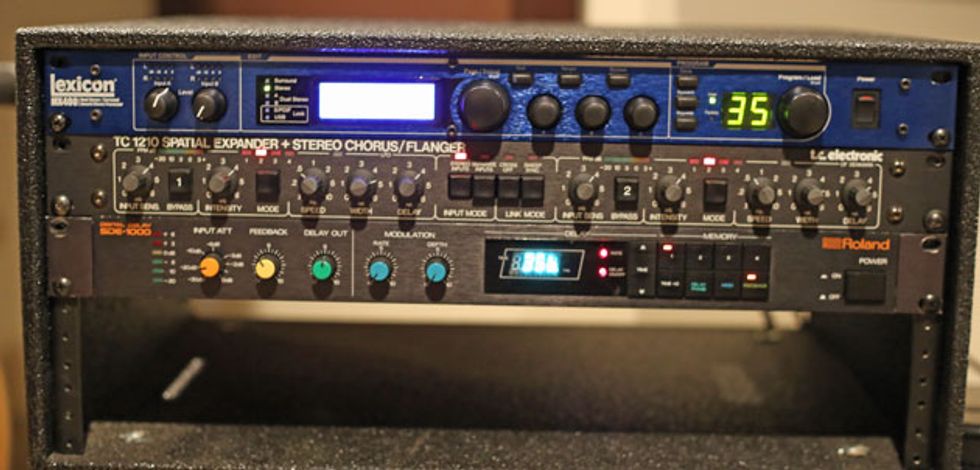
The Bludotone is miked and that mic signal runs to Carlton's rack effects. But before the dry amp signal hits the rack, it’s also sent to the front-of-house. The rack has reverb, delay, and chorus options (specific details in a moment), and that too runs to the front-of-house, as well as to a small monitor mixer that feeds Carlton’s stage monitors. By splitting his pre- and post-rack signals, Carlton and the FOH can independently control the ratio of wet-to-dry sound as one might in a recording studio.








![Rig Rundown: Russian Circles’ Mike Sullivan [2025]](https://www.premierguitar.com/media-library/youtube.jpg?id=62303631&width=1245&height=700&quality=70&coordinates=0%2C0%2C0%2C0)

























